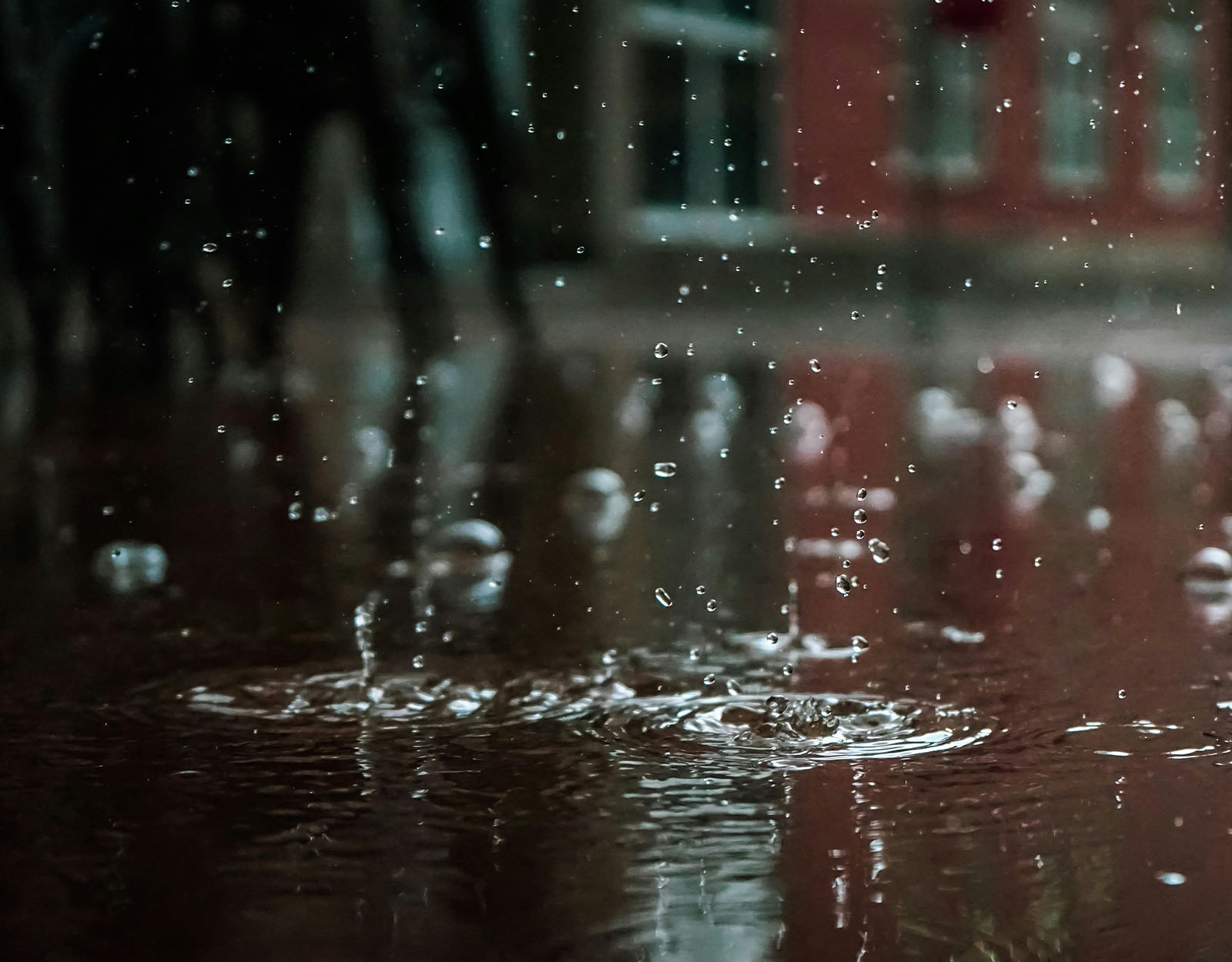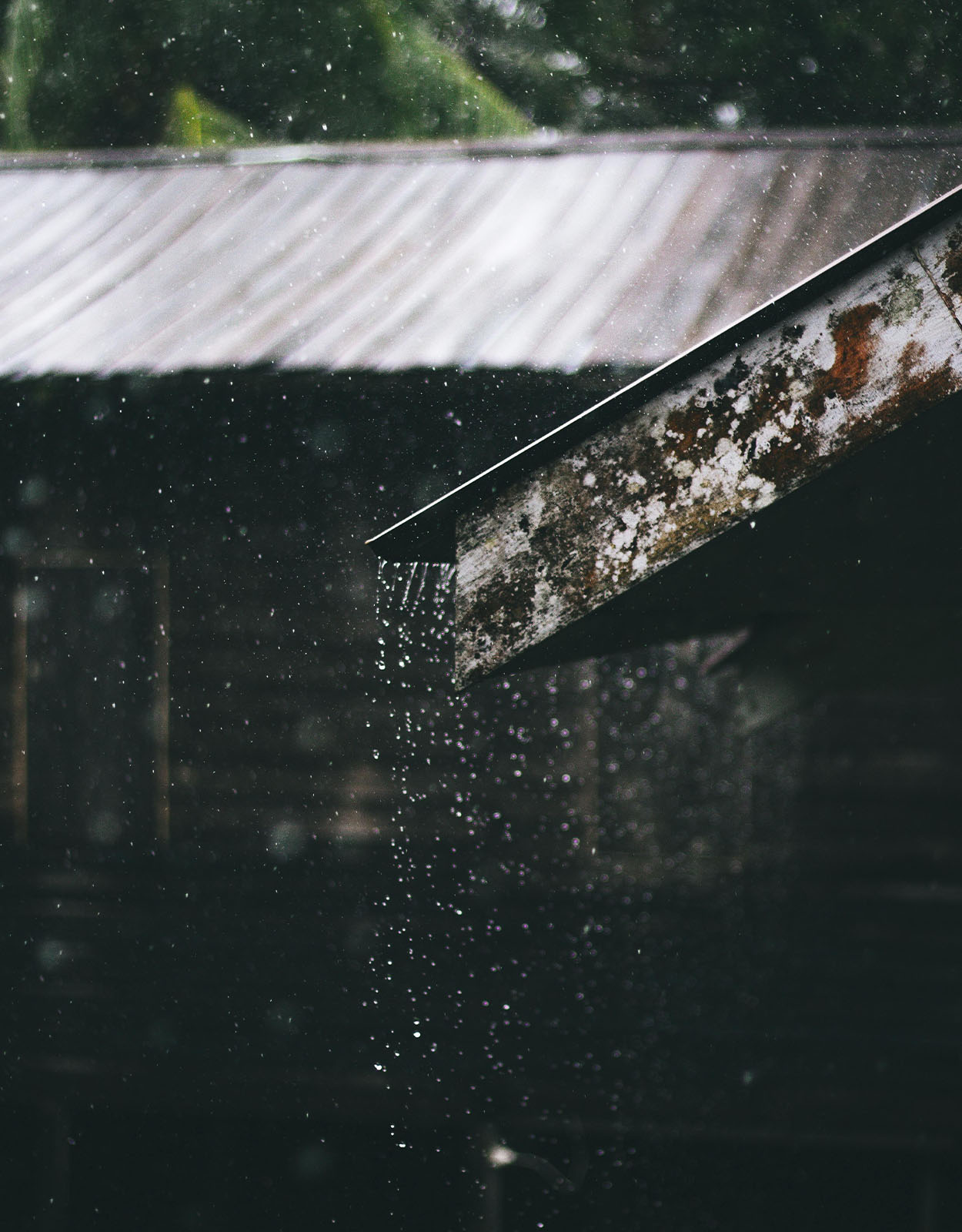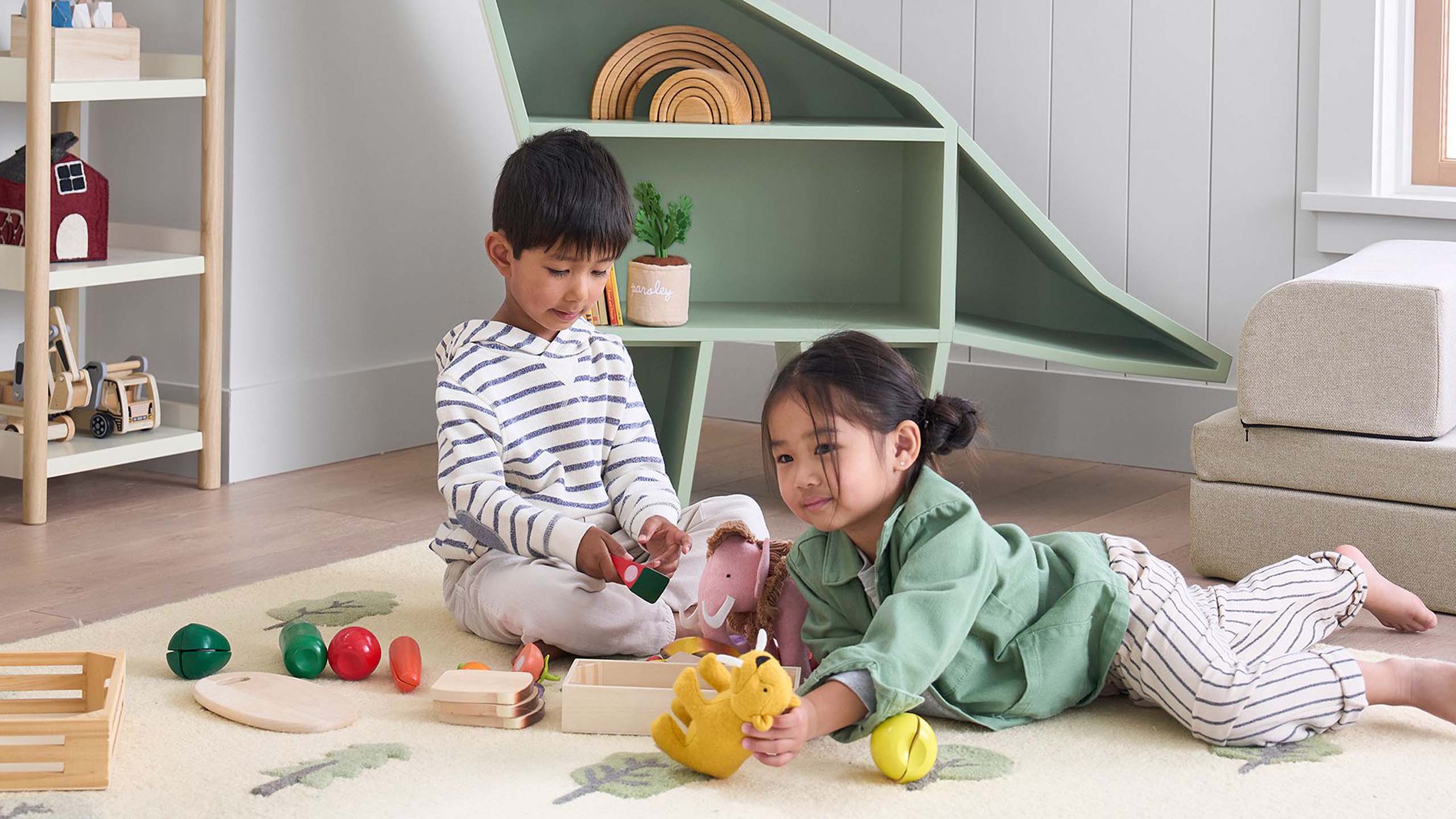Rainy Day Reports: Things to Watch Out for During La Niña
With the Philippines entering the rainy season, here are some things families need to watch out for during La Niña.
After El Niño’s sweltering heat, it’s time to deal with the sudden, harsh rainfall during La Niña. Although we welcome its cooling effect, the rain – just like the heat – can abruptly change our lifestyle. All family vacation plans are left in the mercy of the rain and even getting things delivered won’t be as easy. But life shouldn’t stop because of the rain. Here’s what families need to watch out for during the rainy season.

1. Clogged gutters
One of the most neglected parts of the house, the gutters protect the walls from getting stubborn rain stains mixed with all kinds of dirt. They also prevent the roof from caving in, with the water often being redirected to flow away from the roof and towards the road. However, the rain doesn’t just bring water. It also knocks down leaves, branches, stones, soil, and many other kinds of debris which can clog the gutters.
It’s also how we end up breeding mosquitos. The clogged pipes and gutters form a pool of stagnant water which is the ideal breeding ground for all kinds of mosquitos.
What some families do is they hire someone to climb up and take out the debris. Others usually pour some hot water to at least loosen the mud that hardened after the sudden exposure to heat and cold.
2. Stray animals hiding under our cars
We’re not the only ones hiding from the torrential rains – stray furbabies are too! Our cars serve as temporary shelters since most restaurants shoo them away, especially if they have a bias toward certain animals. While dogs often seek shelter near trash cans or trees, kittens are more agile and hide under cars or even in wheel arches to protect themselves from the rain!
Although we’re in a hurry to get home, a few seconds to thoroughly survey the wheels or under the car for stray furbabies won’t hurt. A lot of these furbabies often stray far from their moms and dads to explore and find food. Some of these kittens are even cared for by restaurant employees as a way of keeping up the morale on a slow day in the kitchen.
3. More pests
With La Niña causing water levels to rise, expect more pests to come out. Cockroaches, termites, and mosquitos will flee the heavy rains and try to find refuge in our pantries! How they get in is via the little crevices or the drains in the bathroom, laundry room, the sinks, or sometimes even through the electrical systems by boring a hole into the walls – just small enough for them to fit.
What usually attracts them is the gunk that accumulates in the pipes. Every night before bed, we suggest pouring some hot water down the drains to clear out any dirt then line the margins of the drain with some pest killer like Borax to get rid of them. Close the door to the bathrooms especially if we have furbabies who like to explore every inch and corner of the house – most poisons contain arsenic which is poisonous to them too!
And if we see a lizard (or what some families call a tuko) or spider skirting around the walls, don’t kill them! These are the natural predators of these pests and are actually doing us a favor by eating them up. They’re probably more scared of us than we are of them!
4. Shoes wearing out faster
While some shoes have their soles sewn on, most mass-produced shoes rely on rugby glue to make sure the soles stick. Although some will argue that wearing them more will make the glue “stronger,” the water will still erode some of the glue albeit slowly. All those freak accidents of the shoe and sole suddenly splitting apart while we’re in the mall usually happen because these are the shoes we wear all the time whether rain or shine.
Now, this doesn’t mean being a homebody – some of us have events to go to like the MEGA Ball or something. Just always have an extra pair of shoes in the car – one that has its soles glued and sewed on! Even better if we have rain boots or combat boots.
5. Increased traffic
Not everyone has an AUV or an SUV that can brave La Ninã’s heavy rains and it also doesn’t help that some areas are just notorious for their drainage system! Plus, the rains can be so strong that it can limit a driver’s visual range from the usual five to ten car lengths to two to three instead. Then, there’s the wet roads – the lack of friction means it’ll take longer for the brakes to stop the tires.
Thus to play safe, most people would drive slowly. It may annoy us especially if we’re running late for a meeting or an appointment but, it’s better to be safe than sorry. Most car accidents happen because misjudge the braking distance due to slippery roads.
Then, there are the infamous potholes in Metro Manila to worry about. Because some parents dressed their cars up with bigger and more glamorous mag wheels, they don’t have the tire thickness to soften the impact. With water filling up the wholes while running at 20 km/hr, it’s difficult to judge the depth or find the highest part of the road.

La Niña Lesson: Low Pressure Area (LPA) vs Typhoon
Some families may find themselves dealing with more rainy days during La Ninã this 2024 than most because of being in a low-pressure area. The American Geosciences Institutes defines these places as “having lower air pressure than the other surrounding areas,” making them more prone to swirling up clouds to create “organized storms” – which is why it can be raining in Quezon City but clear skies in Makati!
The most notable difference is the wind. If the winds are strong then, there’s a good chance it’s a typhoon. Typhoons are more forceful, using both wind and rain to knock or weather down structures.
But that doesn’t mean families will end up down and gloomy during the rainy season. There are still a lot of things families can do in the rainy season!
Here’s how parents can navigate the rainy days during La Niña
Rainy Day Eats: 8 Ramen Shops for the Discerning Ramentic
5 Ways To Keep Kids Healthy During the Rainy Season
10 Fun Rainy Day Activities Kids Will Love









